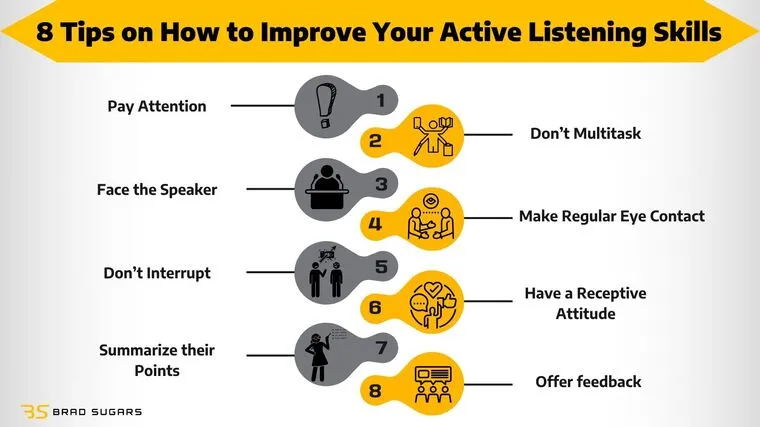8 Strategies for Listening Success

Deciphering speaker intentions is a critical skill for success in the listening section of any language test. In this post, we will look at how this could be done better.
8 Strategies for Listening Success
Whether it is in the OET listening section, particularly in Parts B and C or the IELTS listening section 4, or the listening sections of many other similar tests, understanding the speaker's opinion is an area that helps you improve your score in the OET. This ability allows candidates to understand not just what is being said, but why it's being said and what the speaker aims to achieve. Here are key strategies to effectively decipher speaker intentions:
8 Strategies to Understand Intention
Identify the speaker's purpose: Pay close attention to the opening of the conversation, as it often reveals the main reason for speaking.
Listen for phrases like "I'm calling to..." or "The reason I'm here is..." which can indicate the speaker's primary intention.
Recognize verbal cues: Be attuned to specific words and phrases that signal the speaker's purpose. For example:
Requesting information: "Can you tell me...?", "I'd like to know..."
Giving information: "I'm calling to inform you...", "The purpose of my visit is..."
Offering advice: "I would suggest...", "In my opinion..."
Making a complaint: "I'm calling to complain about...", "I'm not happy with..."
Seeking confirmation: "So, just to confirm...", "Could you just clarify..."
Analyze tone and intonation: The speaker's tone can provide valuable insights into their intentions and emotions. Pay attention to changes in pitch, speed, and emphasis, as these can indicate agreement, disagreement, concern, or urgency.
Focus on the overall message: In Part C, which tests your ability to interpret a speaker's intention or point of view, concentrate on understanding the gist rather than getting caught up in specific details. Look for comparisons, opinions, emphasis, and connections between cause and effect.
Be aware of context: Use the context provided before each audio segment to anticipate the speaker's likely intentions. For example, if you're told you'll hear a dietitian talking to a patient, you can expect the dietitian's intention might be to provide advice or gather information about the patient's diet.
Listen for agreement or disagreement: In some questions, you may need to determine whether the speaker agrees or disagrees with a particular statement. Listen for keywords that indicate agreement ("Yes," "Of course," "I agree") or disagreement ("No," "Not really," "I don't think so").
Pay attention to supporting arguments: Even if the speaker doesn't directly state their agreement or disagreement, they may provide arguments that support or contradict a statement. Focus on understanding their reasoning.
Be mindful of rephrasing: Speakers might rephrase statements while maintaining the same opinion. Listen for the underlying meaning rather than exact wording.
By honing these skills, candidates can more accurately interpret speaker intentions, leading to improved performance in the OET listening test. Remember, the ability to decipher speaker intentions is not only crucial for the test but also a valuable skill in real-world healthcare settings, where understanding patients' and colleagues' intentions is essential for effective communication and patient care.